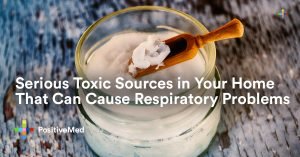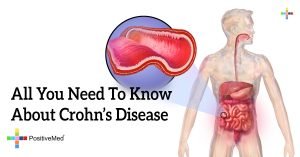Some people call it rash, but medical experts refer to it as contact dermatitis. This condition occurs when the skin becomes red and tender once it comes into contact with something. It may be as a result of an allergic reaction or when the protective of the skin becomes damaged. Usually, you may not notice the rash when your skin touches something you are allergic to for the first time. However, the touch sensitizes your skin and a reaction can occur the next time. Chances are that you may have touched the trigger before without noticing if you get a rash on the first contact.

Common Causes of Skin Allergies and Contact Dermatitis
Your immune system is usually involved if it is an allergy. Once you touch something, it mistakenly thinks your body is being attacked. It swings into action, producing antibodies to deal with the invader. A number of events trigger the release of chemicals, such as histamine. That is exactly what prompts an
Some of the most common triggers of contact dermatitis include:
Hair dyes
Poison oak, poison ivy, and poison sumac
Chemicals used in leather tanning
Certain medications applied to the skin
Latex rubber
Citrus fruit, particularly the peel
Nickel, a metal commonly found in buckles, belts, and jewelry
Fragrances in perfumes, soaps, shampoos, lotions, and some cosmetic products
Skin Damage
In some cases, rashes may appear like they are allergic reactions but it may not be the case since your immune system is not involved at all. Perhaps, you may have come into contact with something that removes the surface oil that shields your skin. The reaction may worsen depending on the duration that your skin was in contact with the trigger. People who are prone to eczema are at a higher risk of this kind of rash.
Identifying the Exact Cause and Symptoms of Contact Dermatitis
It can be quite intriguing in identifying the exact cause of your rash because the symptoms may be the same. In most cases, the skin blisters or a raised red rash may appear. The skin can also burn or itch. Some people with contact dermatitis may experience dryness and cracked skin.
Related Link: 8 Diabetes Warning Signs May Appear On Your Skin
You may instantly notice the rash when your skin comes into contact with something damaging or irritating. However, it may take a day or two before the rash shows if it is an allergy.
Symptoms of an allergic reaction mostly occur around the area where you touched something you are allergic to.
Skin damage or irritant contact dermatitis mostly burns and tends to be more painful than itchy.
The best way to deal with contact dermatitis is to avoid coming into contact with the trigger. It is recommendable to wash your skin using a mild soap and cool water whenever you get the opportunity. This will help in getting rid of all or most of the substance causing the problem. It can also go a long way in cutting back on the symptoms.
There are some instances where the rash only covers a small area of your skin. Applying a layer of hydrocortisone cream can bring relief.
If it is a blister, you should apply a cold moist press compress for around 30 minutes, thrice daily.
What about if your skin is damaged? Regular application of moisturizers several times a day will help to restore the protective layer of your skin.
You can also take oral antihistamines if your skin is itchy. It is important to contact your doctor before applying an antihistamine lotion. This is mainly because some antihistamine lotions can cause skin irritation or exacerbate allergic reactions.
When to Contact Your Doctor
You should see your doctor immediately if your rash becomes painful or fails to disappear after several days of treatment. Your doctor will examine your rash and ask you some questions in order to find out where the problem is coming from.
By accessing how severe your rash is, your doctor may recommend steroid ointment or pills, and an antihistamine. S/he will also perform some tests to find out what you are exactly allergic to.
Sometimes it may be difficult to avoid what is triggering an allergic reaction. Consider talking to your doctor about using creams or wearing gloves to keep your skin safe.
Preventing Contact Dermatitis
Always ensure that your skin is thoroughly cleansed after it comes into contact with an irritant or allergen.
Wear gloves and protective gear to protect your hands. You should take them off every now and then because sweating can worsen your symptoms.
Switch to other products that don’t irritate your skin.
Regularly apply emollients in large amounts to keep your skin well hydrated and protected from allergens or irritants.






